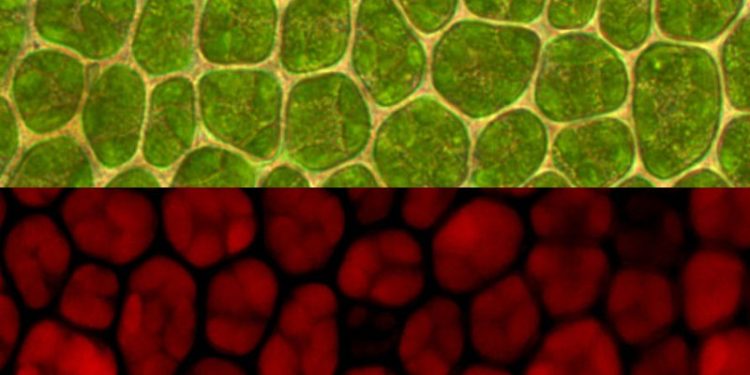Other potential tags: #potatoagriculture #sustainablefarming #irrigationmanagement #droughttolerance #plantgrowth #agritechnology
Chlorophyll fluorescence can play a crucial role in potato production water management. During photosynthesis, solar radiation penetrates the leaf and excites the enzymes in the rubisco, which are used to create ATP. However, under unfavorable conditions such as heat, drought or herbicides, the chlorophyll loses its energy and drops back to its original energy level, emitting a photon at a slightly different wavelength than that entered. This emission, called chlorophyll fluorescence, can be measured with a small device and is a measure of the degree of drought experienced by the plant.
Understanding the degree of fluorescence can be used as a tool in decision support on water management in potato production. By measuring the degree of fluorescence, growers can make informed decisions on irrigation needs and optimize water usage.
In addition to water management, chlorophyll fluorescence can also provide insights into plant stress, nutrient deficiencies, and the effects of different environmental conditions on plant growth. It can also aid in the development of more resilient and drought-tolerant potato varieties.
The use of chlorophyll fluorescence technology is a significant development in the field of potato production and can lead to more sustainable and efficient practices.

